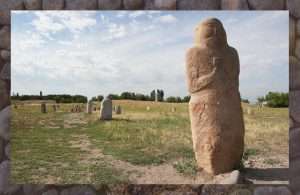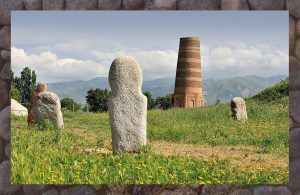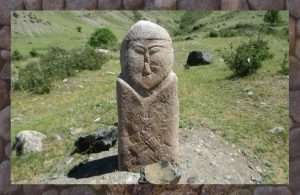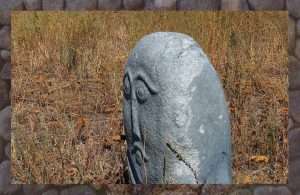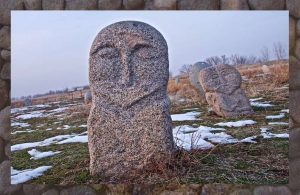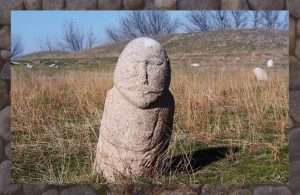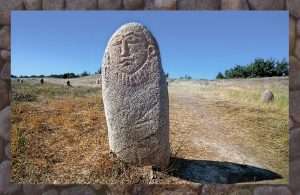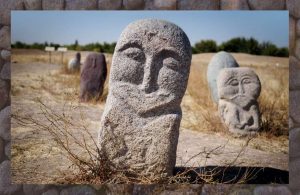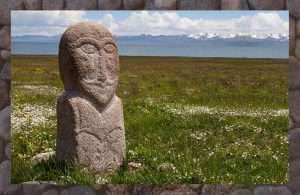Burana tower
A majestic monument of bygone times, a legendary minaret
The Burana Tower is a large minaret situated in the Chui Valley about 80 kilometres east of Bishkek. The tower was once part of the Karakhanid city of Balasagun.
Balasagun was built by the Soghdians (an Iranian people) in the 9th century. It was still in use by the 11th century when the Burana Tower was built. Initially the tower was 46 metres high but this has now reduced to 24 metres following several centuries of earthquakes and misuse.
Partial restoration of the tower was carried out in the 1970s. Initially it is believed that the tower had an internal and external staircase, but now only the internal staircase exists.
The city of Balasagun was overrun by the Mongols in 1218 and renamed Gobalik (pretty city). Following the Mongol invasion the city started to go into decline but there are records of the Nestorian Christians using one of the graveyards until the 14th century.
As well as the tower there are the remnants of the old castle and three mausoleums. A small museum has also been built, and in the grounds balbals (gravestones) and petroglyphs from the surrounding area have been collected and are on display. Balbals thought to come from the Turkic word meaning “ancestor” and the petroglyph carvings are thus thought to be of ancient ancestors.
Interestingly some scholars think that Burana is a mispronunciation of the Arabic word monara (or munara) meaning lighthouse or minaret.
The Legend of Burana Tower
Situated to the east of Bishkek and close to Tokmok is the Burana Tower. The tower is part of a minaret, once much taller than it is now, but what happened?
There was a powerful Khan who had a beautiful daughter named Monara. The Khan adored his daughter and wished to protect her from the affections of the local djigits (young skilled horsemen).
In his quest to keep Monara safe the Khan summoned all the local clairvoyants and fortune tellers and demanded of them what they foresaw as her future. Each one told of a happy long life for the girl, all, that is, except one.
This one wise aksakal (ak – white, sakal – beard) disagreed with the others and said to the Khan “Even though you may execute me for what I say, I can only tell the truth. Your daughter’s fate is a sad fate. She will reach her 16th birthday when she will be bitten by a poisonous black spider and she will die immediately!”
Although very angered by the prediction the Khan felt that he could not ignore it. To protect Monara he built a tower. In a small room at the bottom he incarcerated the aksakal, and his daughter was placed in isolation in another room at the top of the tower.
Monara grew up in the room at the top of the tower looking out through the four windows in the cupola, each window facing one of the compass points, North, South, East and West. Food was taken up by servants using ladders outside the tower, and before they were allowed to ascend the servants, the food and the crockery were inspected to ensure that there was no spider hiding in them.
On Monara’s 16th birthday the Khan was so happy that the aksakal’s prediction had proven to be false that he climbed to his daughter’s room bearing a bunch of grapes as a gift. Greeting her with a kiss the Khan congratulated her and presented her with the grapes. As she accepted the grapes she inexplicably collapsed and died. Dumbfounded the Khan examined his gift and there found a small black spider.
The Khan was so grief stricken and sobbed so loudly that the whole tower shook, the top part eventually falling down and creating the ruin that we see today. The fate of the aksakal is not recorded.

